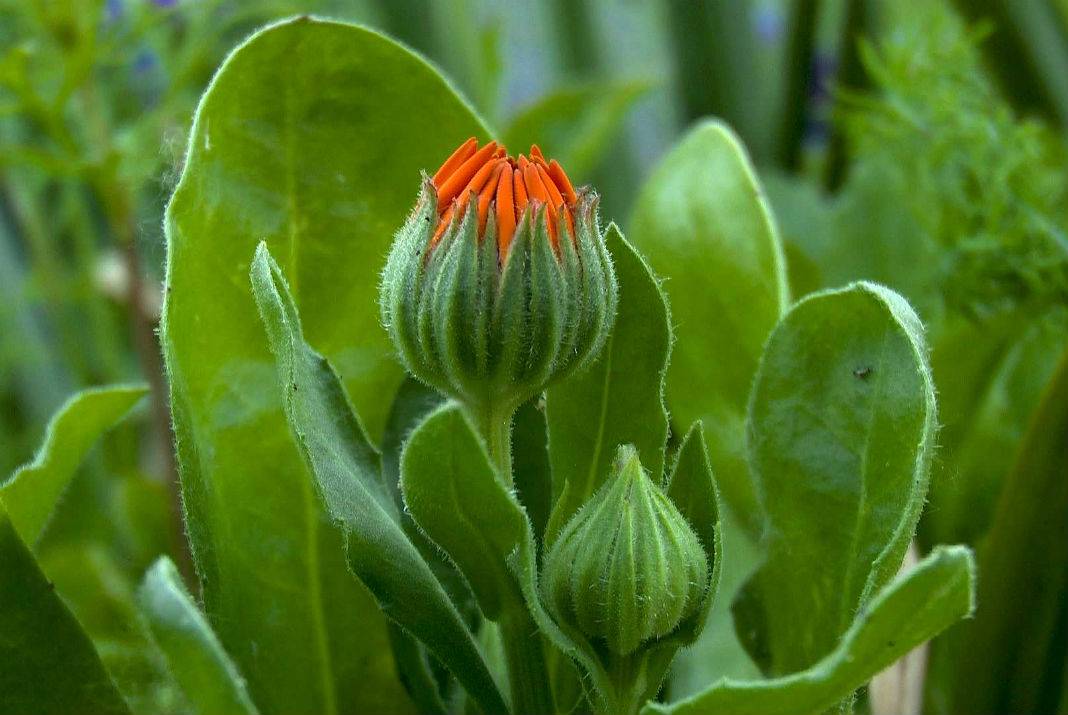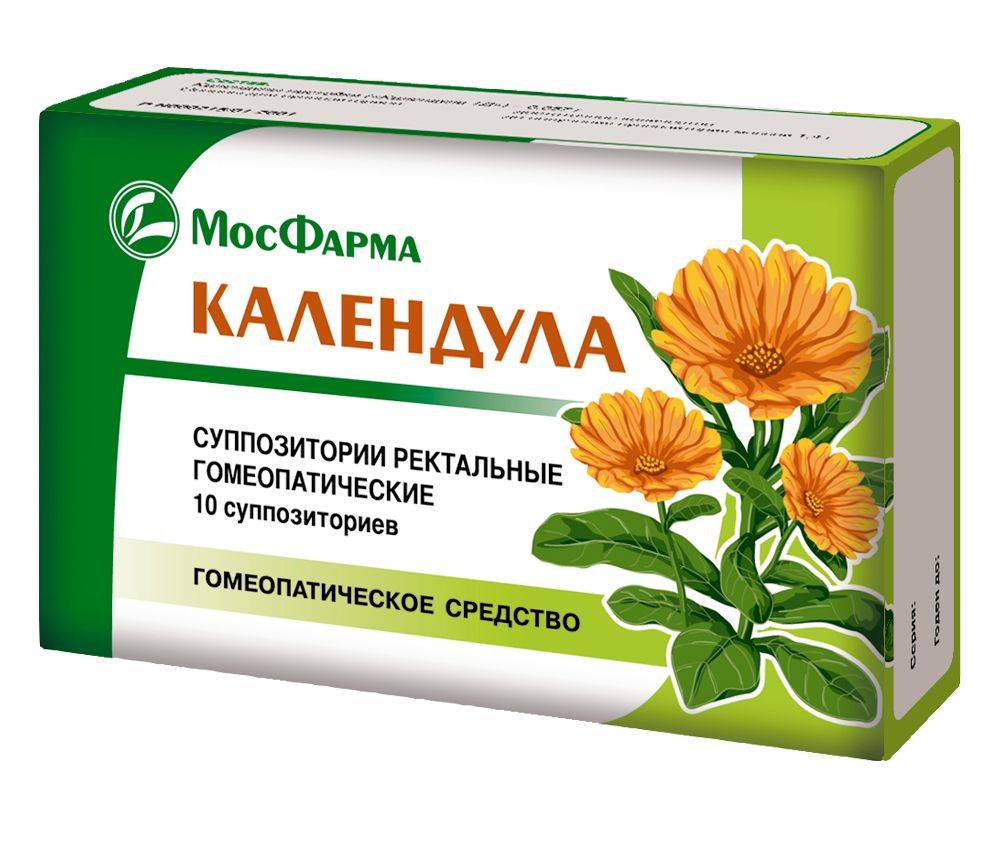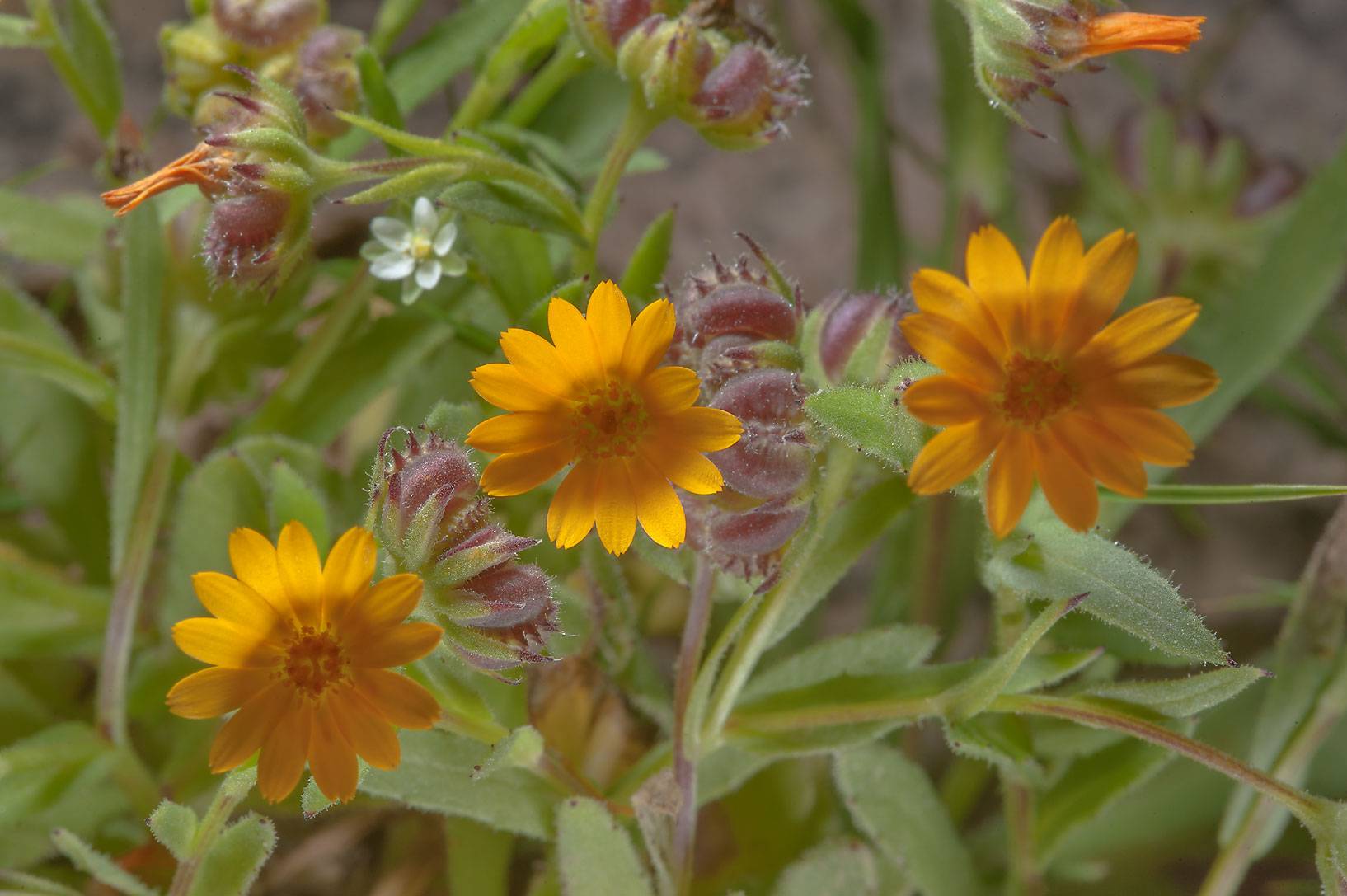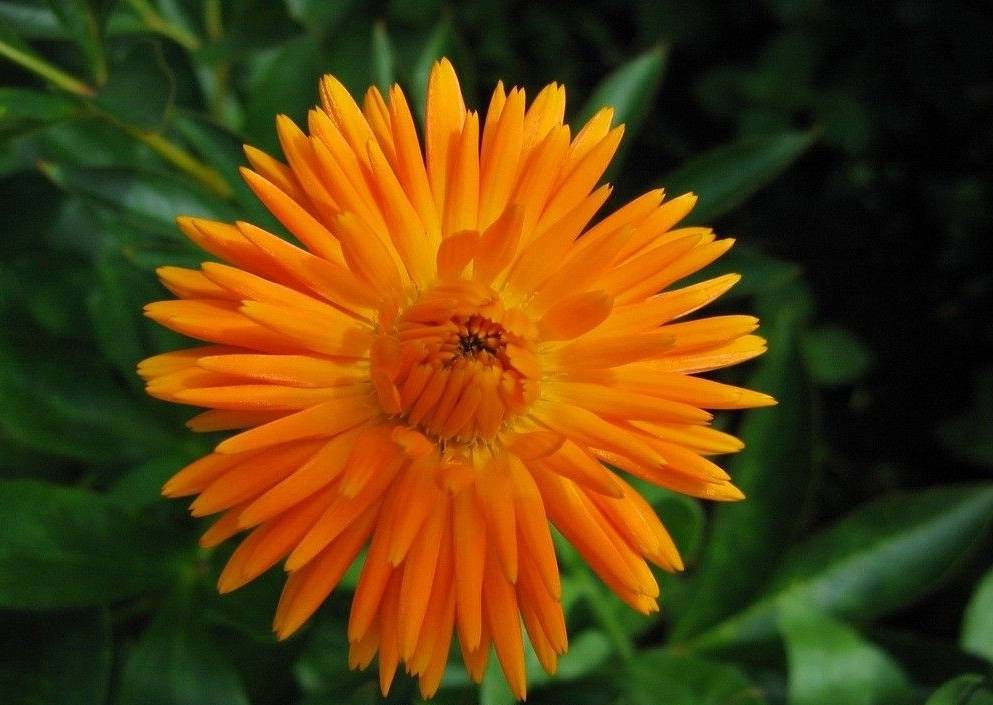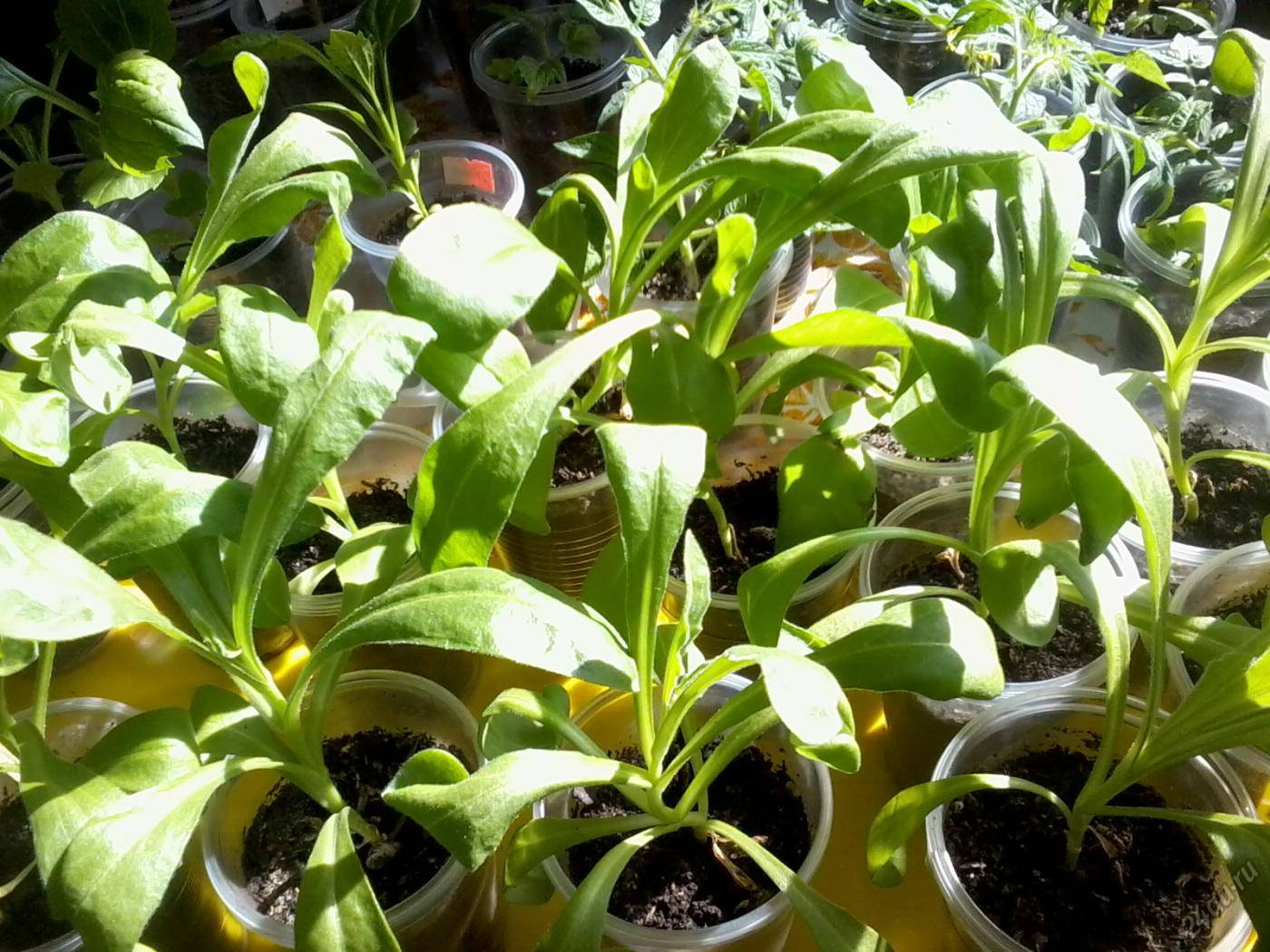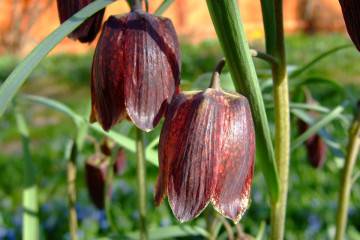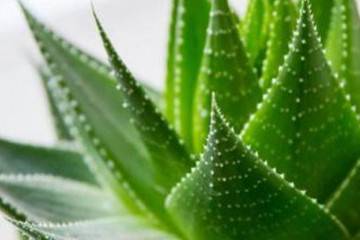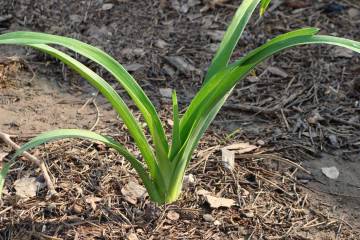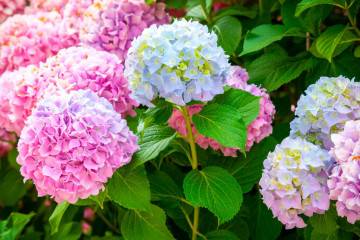Calendula flower-marigold - what it looks like and where it grows
Content:
- Calendula flower - where it grows, when it blooms, a description of the plant
- What does a calendula look like?
- When the calendula blooms
- Useful properties of the plant
- Types and varieties of perennial garden calendula
- Field Calendula (Calendula arvensis)
- Calendula officinalis
- Calendula flower - planting and care in the open field
- Growing marigold seedlings
- What you need to grow calendula
- Growing problems
Calendula (marigold) is a herbaceous member of the Aster family. Under natural conditions, it can be found in some regions of Asia, the Mediterranean and Western Europe. In total, there are about 20 varieties of culture. Calendula can be perennial or annual. Some of its varieties are widely used in medicine, as a natural dye or seasoning. To grow calendula flowers at home, you need to know which species are suitable for this, as well as the features of their cultivation and care.
Calendula flower - where it grows, when it blooms, a description of the plant
Calendula grows on all continents in regions with a temperate humid climate. It is an ornamental plant - it can be grown in garden beds, in mixborders or as an indoor flower on windowsills and balconies. The buds and stems of the marigold emit an unusual aroma that helps to calm and relax.
What does a calendula look like?
Under natural conditions, calendula grass can reach a height of 70 cm. If the soil in which it grows has a large amount of nutrients, then the bush reaches 80 cm in diameter. The shoots of the plant are ribbed, light green in color. Leaves with smooth edges and an oval shape have the same shade. The root system is of the rod type.
Terry inflorescences of calendula are basket-shaped. They can be orange, white or yellow in color. The bud consists of tubular and reed petals with pistils and stigma. Pollinated plants give seeds, which can be of different shapes and colors.
When the calendula blooms
Depending on which variety of marigolds are grown, they can bloom within 40-50 days after the seedlings begin to sprout.
Most often, the buds bloom in mid-spring. They begin to bloom most actively in early summer - this is the most suitable time to collect planting material. By the way, if you remove wilted buds, then new ones will be tied in their revenge. Thus, calendula can bloom before the onset of the first frost.
Useful properties of the plant
The beneficial properties of marigolds are due to the content in them of a large amount of chemicals. The plant is rich in the following elements:
- flavonoids;
- saponins;
- carotenoids;
- essential oils;
- salicylic acid.
Thanks to this, calendula is used in the creation of medicines. It has the following beneficial properties:
- anti-inflammatory;
- calming;
- bactericidal;
- wound healing.
In folk medicine, calendula can be used to make infusions and decoctions that are used to treat the throat and gums, as a sedative.
In the pharmaceutical industry, ointments and tinctures are made from marigolds. These medications are used to treat burns, ulcers and wounds, as well as gargle. Quite a common drug "Calephron", which includes the herb, is necessary for the treatment of women's problems and diseases of the gastrointestinal tract.
Types and varieties of perennial garden calendula
In natural nature, there are about 20 plant varieties. Breeders by hybridization regularly create new varieties. The most popular of them are Medicinal and Field, for pollination of which the Bicolor, Moroccan and other varieties of the bush are used.
Artificially created terry perennials have low frost resistance. In winter, at a temperature of -10 °, they die.
Field Calendula (Calendula arvensis)
The field variety is easy to find in southern Europe, where it grows like a weed along roads and in clearings, multiplying by naturally spreading seeds.
The bush of this calendula reaches 50 cm in height. Its leaves have a shiny surface and a bright green tint. Blooming orange buds can be up to 2 cm in diameter.
Calendula officinalis
It is the most common variety. Flowers can be of different shades - from yellow to whitish. The blossoming buds reach 6 cm in diameter.
To use this variety for medicinal purposes, the flowers must be harvested at the moment when they are fully opened. They then need to be dried and then stored for a year.
In addition to the most common decorative types, there are several that are popular with flower growers:
- Empress;
- Geisha;
- Sonnenstein.
These varieties are quite often used to create landscaping for a garden plot, decorating balconies and verandas.
Calendula flower - planting and care in the open field
Although the plant is quite unpretentious, you still need to know how to properly plant and care for calendula so that it grows healthy and pleases with abundant flowering.
Growing calendula from seeds - when and how to plant
When propagating marigolds in this way, it is important to know the correct time when it is best to do it. Calendula seedlings tolerate temperatures up to -1-2 ° C. It is recommended to sow flowers in spring when the soil is warm enough.
The procedure itself is not particularly difficult. Shallow furrows are made in the ground. Seeds are planted in them in such a way that there is at least 5 cm between them, and 12 cm between the rows. When the sowing is completed, it is necessary to immediately pull the film from above. The first shoots should appear in a week. When they reach a height of 10 cm, they can be transplanted to a permanent place.
Growing marigold seedlings
Marigold seedlings are grown in cases where it is necessary to get early flowering or in regions with short summers, for example, in Siberia. It is recommended to plant seedlings in open ground when their age reaches 25-30 days. Seeds should be sown in containers 35-40 days before transplanting into the garden.
For seedlings, it is better to use wooden boxes or plastic greenhouses. In them, the seeds are laid in continuous rows to a depth of 3-4 cm. For seedlings, it is best to use a universal soil with a high humus content.
In the room where the seedlings are located, you need to constantly maintain the temperature at + 22-24 ° C. The sprouts must be watered regularly and abundantly, and the soil must be thoroughly loosened. Before transferring the seedlings to a permanent place, it needs feeding. For this, preparations containing potassium humate are used.
What you need to grow calendula
The soil at the marigold planting site is prepared in the fall. This removes all sod and weeds. A large amount of humus or straw manure is added to the soil. There is no point in applying mineral fertilizers.
It is necessary to dig a hole for a bush according to the depth of the main roots. In order not to harm the plant, the rosette and leaves do not need to be buried. That is why the layer of mulch is not too large - no more than 3 cm. When the plant is planted, it must be watered abundantly several times a week.
The place for planting marigolds must be selected carefully, based on the natural conditions of their habitat. The site should be sufficiently illuminated and ventilated, and the soil on it should be breathable. If the air in the moist soil is too retained, then this can cause a disease of the bush.
Calendula is recommended to be grown next to salvias, marigolds and petunias. Do not plant it next to mint or other herbs that have a strong aroma.
After planting a flower, regular fertilizing is necessary for proper care. Since the vegetative period of calendula is quite long, in the summer it must be fertilized at least 3 times with organic and organo-mineral compositions. To do this, you can use peat, humus, manure, potassium humate with trace elements.
Growing problems
Although it is quite easy to grow calendula, sometimes there are situations when it slows down, does not bloom, or has fungal diseases.
If, during the flowering of marigolds, the blossoming buds are small, then this indicates a lack of organic fertilizers. To fix the problem, you need to make the necessary dressing.
If a white or gray bloom appears on the leaves, then the calendula has become infected with a fungal disease. If it is found, it is necessary to immediately treat the plant with fungicides. In the future, for prevention purposes, this should be done at least once every 10 days.
Thus, it is important to know that a plant like calendula can be used not only as a decorative decoration for a summer house or apartment, but also for medicinal purposes. It is quite unpretentious to care for, so even a novice gardener can grow it. If everything is done correctly, then the marigolds will be an excellent decoration for the suburban area.
